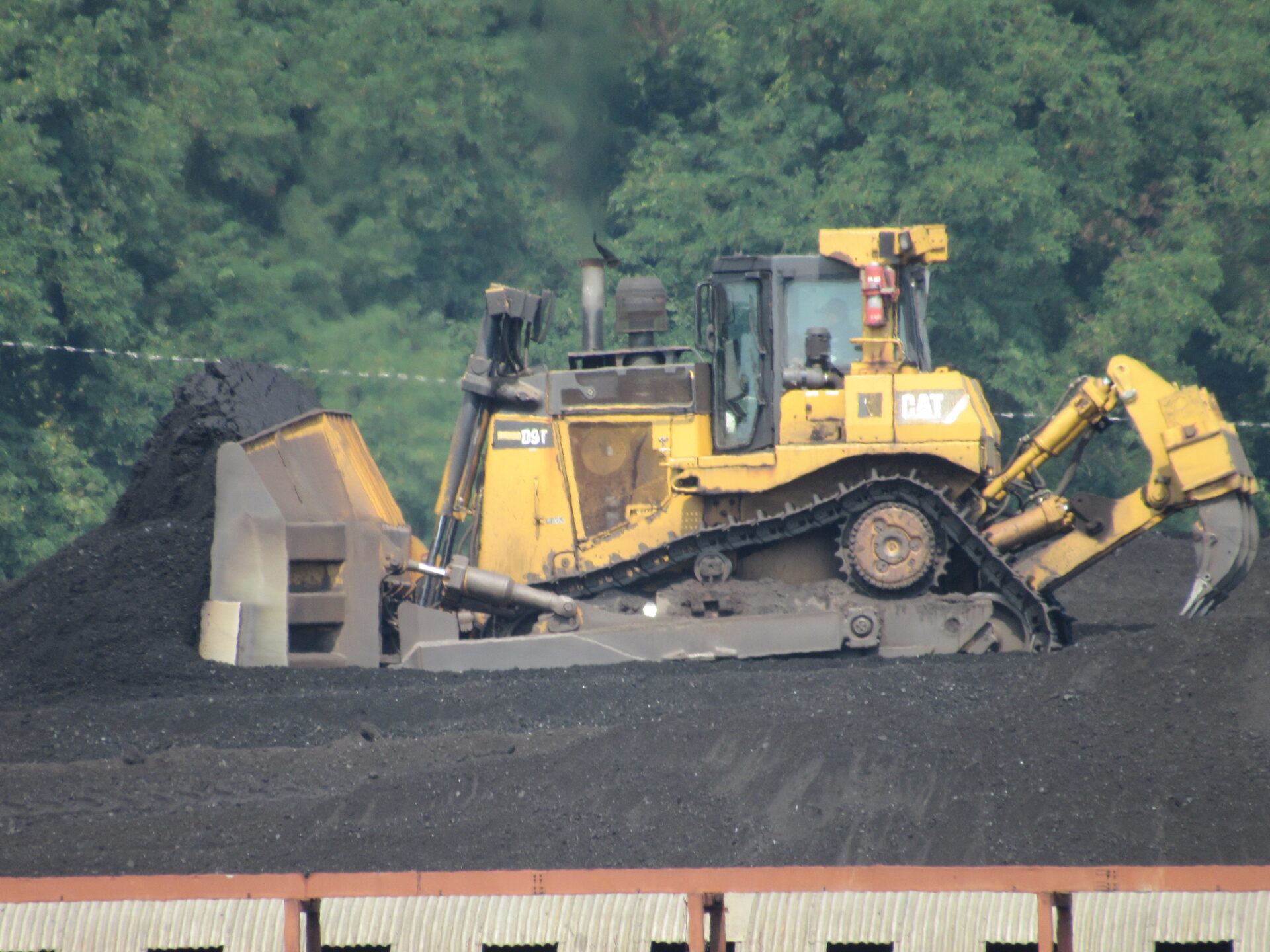On a winding road just up the hill from a shuttered coal plant, Mon Power is now generating electricity from an array of solar panels.
On a winding road just up the hill from a shuttered coal plant, Mon Power is now generating electricity from an array of solar panels.
The Rivesville solar facility doesn’t produce as much power as the coal plant once did, nor the ones Mon Power still operates. It is, though, an example of reusing brownfield sites – in this case a coal ash disposal landfill – to produce clean energy in a state dominated by fossil fuels.
Doug Hartman, Mon Power’s director of generation services, says state lawmakers made that possible.
“So this is the Rivesville ash site disposal area for the old Rivesville coal plant, and it retired in 2012,” he said. “Senate Bill 583 gave us an opportunity to put an asset on something that’s a legacy liability, and we’re able to put the solar right on top of the site.”
West Virginia lawmakers passed Senate Bill 583 in 2020. It allows utilities like Mon Power to develop solar on brownfield sites. Mon Power activated its largest project in Monongalia County in January. Last month, it broke ground on another one in Berkeley County. The company will seek approval to build two more near Davis in Tucker County and Weirton in Hancock County.
“You’re using, again, property that like the site here, property that you normally wouldn’t be able to leverage, just to go out and build something on,” he said. “Honestly, that’s where I would like to see all forms of energy, put them on a site that’s already, already out there and is available, not a new greenfield site. West Virginia is too pretty for greenfield site construction.”
The Rivesville site can produce 5.5 megawatts of electricity and Fort Martin about 19. By contrast, Mon Power’s Harrison Power Station can produce nearly 2,000 megawatts, all of it from coal.
Hartman says the coal plants aren’t going anywhere soon. But changing regulations, the age of the plants and the cost of buying coal could shift the calculation. And West Virginia may see yet more solar.
